Laikipia is located in central Kenya in the heart of the Great Rift Valley. It is home to one of East Africa’s largest concentrations of wildlife, from elephants to rhinos and buffalo to packs of wild dogs. An estimated 86,000 tourists visit each year to explore parts of the 32 vast conservancies and ranches that occupy a third of Laikipia County. Many adore Laikipia because it is so remote, situated far from the more popular safari parks that flood with tourists during the dry seasons.
Over the past seven months, however, the peace for which Laikipia is known has given way to a war over grass. A severe drought that began in the fall of 2016 caused nearly 3 million people in northern Kenya to need emergency food assistance. The lack of vegetation caused herdsmen to drive thousands of cows, goats, and sheep southward from nearby counties to where, quite literally, the grass is greener—on private conservancies and ranches.
“Pretty much every wild animal we have has been shot by these herders,” says Sean Outram, manager of Sosian Ranch. Packs of wild dogs—the most endangered large carnivores in East Africa—have been all but wiped out. Dozens of Laikipia’s estimated 5,000 elephants have died in the conflict, as have hundreds of buffalos. Fifteen elephants and at least 12 giraffes were killed on Sosian alone. “Anything that moves has been shot—some of it for the skins, some of it for trophy. Some just because they wanted to shoot it,” says Outram.
There may have been something deeper to the herders’ resentment. Many of Laikipia’s conservancies are owned and managed by white people—Kenyan descendants of British colonialists or immigrants from Europe and other African countries. People like Tristan Voorspuy. “The tribesmen who murdered Tristan Voorspuy saw not a farmer whose life had been spent in Africa and who provided employment for scores of local people, but instead just a rich, white interloper on a horse who challenged them on land they demand to claim as their own,” wrote Max Hastings, a former safari tourist of Voorspuy’s, in the Daily Mail. “Unless its government shows the will and means to restore peace to Laikipia, which means expelling this murderous throng of invaders by force of arms, the nation’s future stands at risk, and its priceless wild heritage faces the prospect of near-extinction.”
Read the feature story at Outside Magazine.








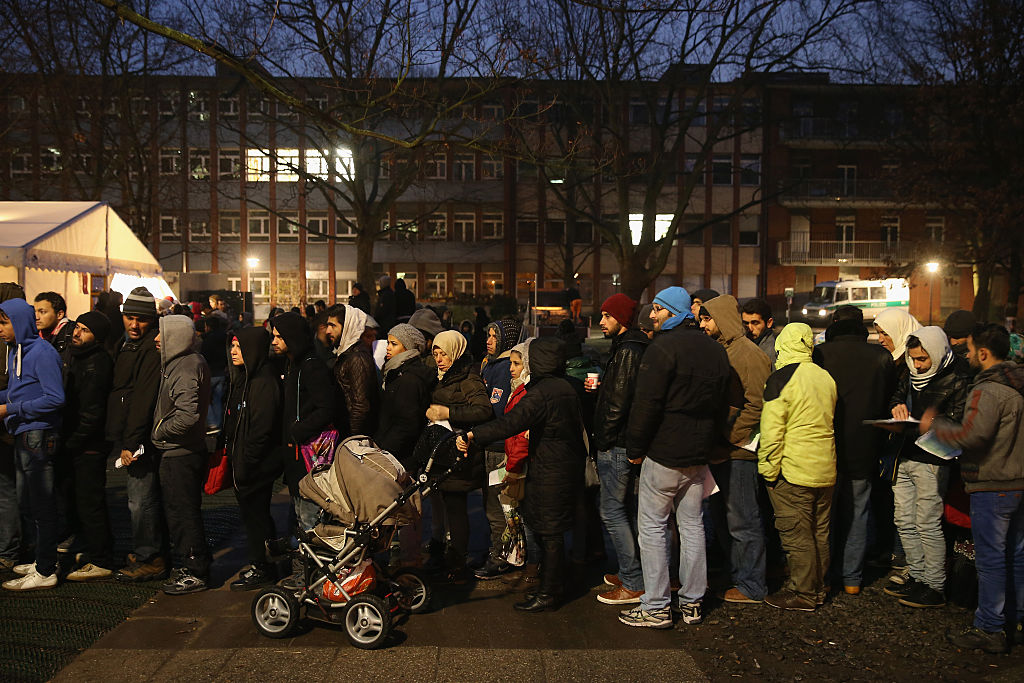
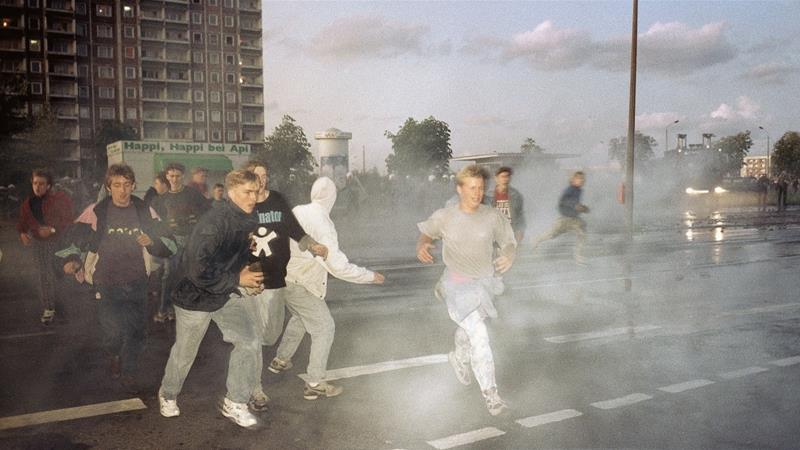
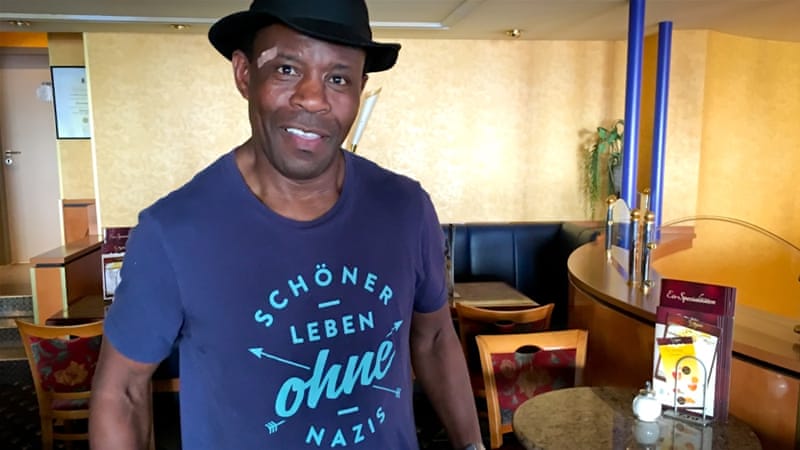
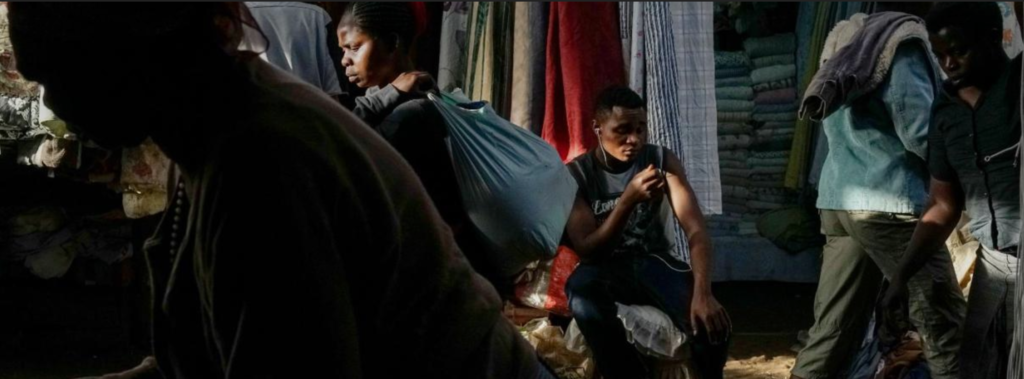 Last year at primary schools in western Kenya, social scientists were busy performing dirty skits in front of hundreds of children. The script went like this:
Last year at primary schools in western Kenya, social scientists were busy performing dirty skits in front of hundreds of children. The script went like this: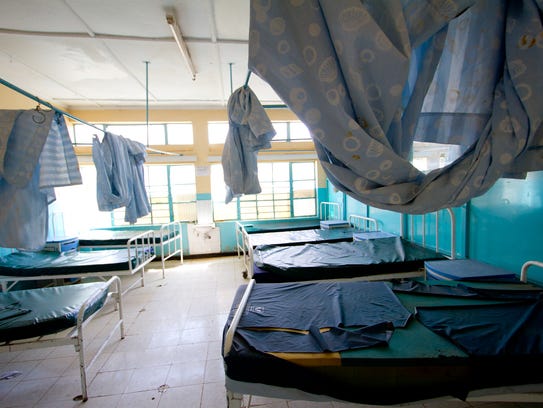
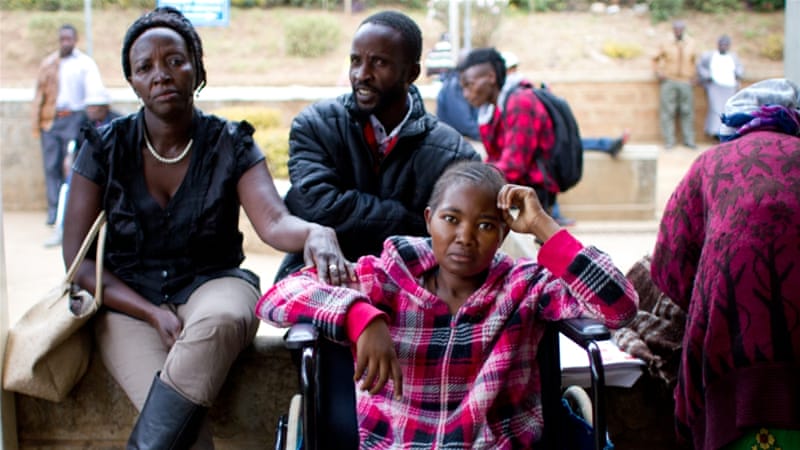

 Young people across the continent aspire to careers in Africa’s blossoming information and communications technology (ICT) sector. But many encounter major barriers that prevent them from finding jobs in the industry. “We have a lot of young people. But unfortunately they come from neighborhoods that don’t have a lot of opportunities,” says Tim Nderi, the chief executive officer of Mawingu Networks.
Young people across the continent aspire to careers in Africa’s blossoming information and communications technology (ICT) sector. But many encounter major barriers that prevent them from finding jobs in the industry. “We have a lot of young people. But unfortunately they come from neighborhoods that don’t have a lot of opportunities,” says Tim Nderi, the chief executive officer of Mawingu Networks.
